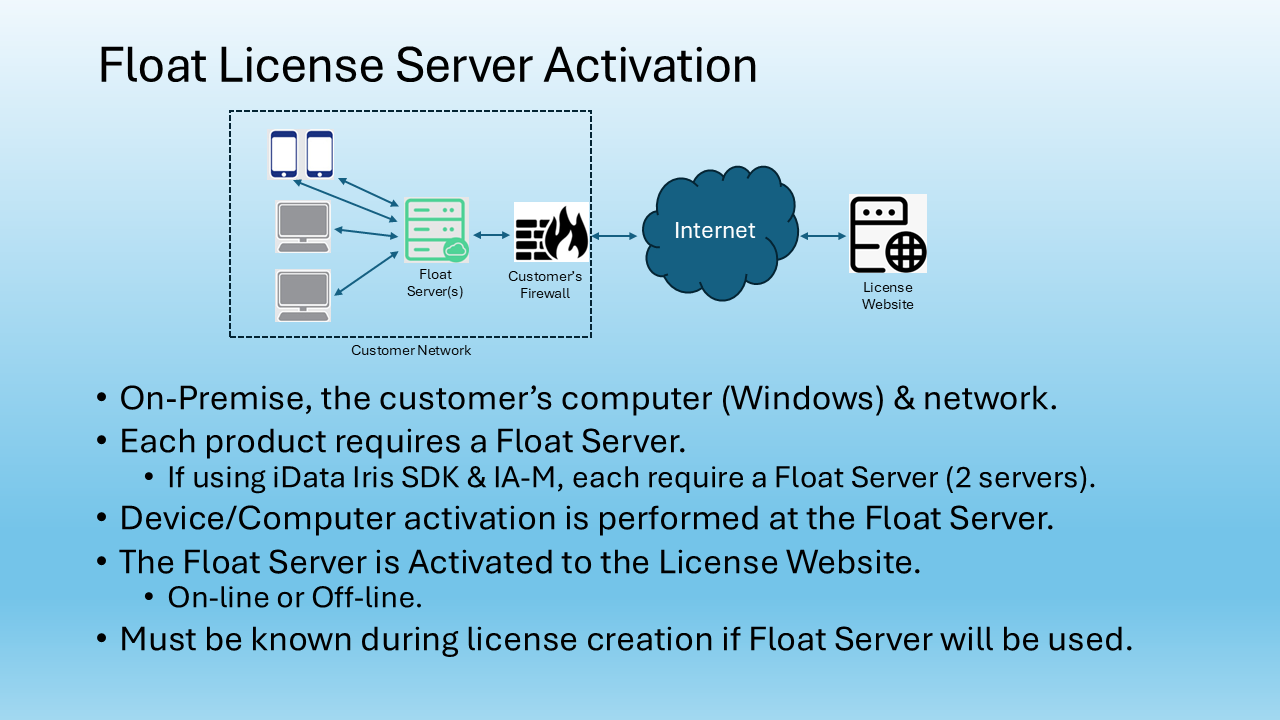Iris Recognition Delivers Superior Identity Authentication While Protecting Personal Privacy
By Mohammed Murad | Security Today Magazine
There has been much public discussion and outcry surrounding the use of biometrics for security and law enforcement applications. On one hand, biometrics technology delivers a proven means of improving security unlike conventional access and identity credentials. Yet there are many widespread misconceptions regarding personal privacy and the use of biometrics.
The grass roots issue is that there are numerous public and private databases that contain images of individuals’ faces including state DMV driver license databases. This also includes corporate badging systems, law enforcement and corrections mug shots, community and private criminal/offender watch lists, and so on. Perhaps more intriguing is the use of facial images on social media that are in the public domain.
These images are used effectively with facial recognition software to identify and even locate known or wanted persons. Given rising crime rates driven by the pandemic and numerous other social issues, anything that helps prevent or resolve crimes should be perceived as a good thing, but the perception that biometrics present a threat to personal privacy persist with large support from privacy advocates in both the public and private sectors.
However, not all biometrics are the same, and it is possible to achieve superior personal identity authentication while protecting personal privacy using iris recognition biometrics.
Iris recognition compares the unique characteristics of one or both eyes to identify and authenticate a person’s identity. It is widely recognized as being superior to most other forms of biometrics with almost no false positives. The superior identification properties of iris recognition is exemplified even when used with identical twins, whose faces may not be distinguished using face recognition.
As a result, iris recognition biometric solutions are today used for myriad applications where personal identity management is critical for a wide range of physical security, workforce management and health safety applications. Enrollment is fast and easy, and iris databases do not contain any facial images that can be easily matched using conventional video systems or image resources. User consent is required for enrollment and for identification/authentication processes.
For the full article in Security Today, click here.


